HTC U Play hands-on: the smaller smart listening phone
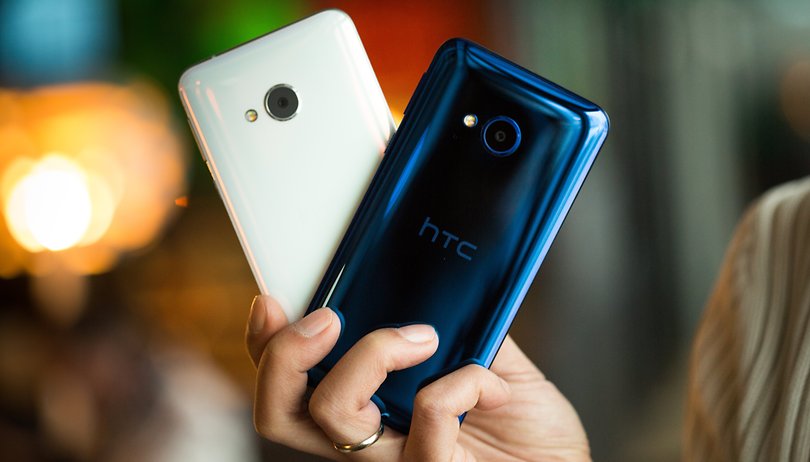

At the same time as the HTC U Ultra, the Taiwanese company launched the HTC U Play, a scaled-down offshoot with an almost identical design apart from the lack of a second display. Both phones come with the HTC Sense Companion, making the devices smart and good listeners. We were able to do a hands-on review of the HTC U Play to show you what it's all about.
HTC U Play release date and price
The HTC U Play has a 5.2-inch display, a mid-range processor, and about half as much advertised talk time as the U Ultra, but the price tag is much lower. The HTC U Ultra will be coming to the US, starting at the high price of $750. The HTC U Play will be sold for a much lower price of about $479, but it's only going to be made available in select markets (not the US) by the end of February. There's no word on when or if the device will come to the US officially, but it should be compatible with some US networks if you buy an unlocked device. Be sure to check with your carrier before purchasing.
HTC U Play design and build quality
Both of the new HTC smartphones, the U Ultra and the U Play, make a break from the previous HTC design. Unibody housings made of metal or plastic are a thing of the past. The U-series comes with a mix of glass and metal, based on customer demand. Unlike the U Ultra, HTC does not use Gorilla Glass 5 with the U Play, which is a mid-range phone. On front and back will be Gorilla Glass 3 instead. The difference in the Gorilla Glass generations lies in the fall height it can withstand. Gorilla Glass 3 is said to withstand a one meter fall 80 percent of the time, while Gorilla Glass 5 is able to take a fall from 1.6 meters 80 percent of the time.
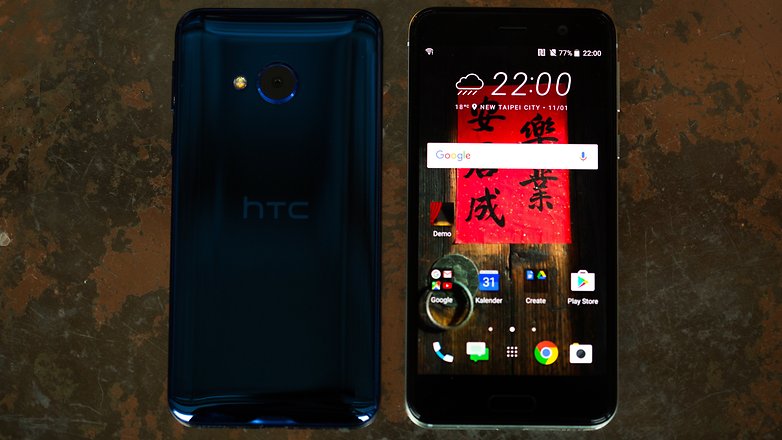
The metal part of the frame is made of aluminum, just as with the U Ultra. All sides and corners are rounded and transition smoothly into the frame. Although we didn't have a final version of the device for our hands-on, the processing and haptic feedback made a good impression. Typically for a smartphone with glass covers on the front and back, fingerprints accumulate quickly, and overall, the HTC U Play is a slippery, slippery smartphone.
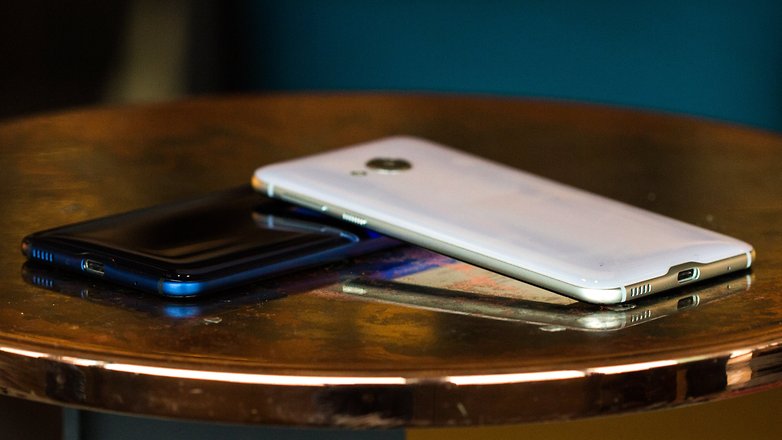
HTC U Play display
The 5.2-inch Super LCD display of the HTC U Play offers a Full HD resolution and 424 ppi. The times when a mid-range smartphone could get away with less than 1,080 x 1,920 resolution ended long ago. We'll let you know how the display behaves in everyday life, and where the strengths and weaknesses are, in our final review.
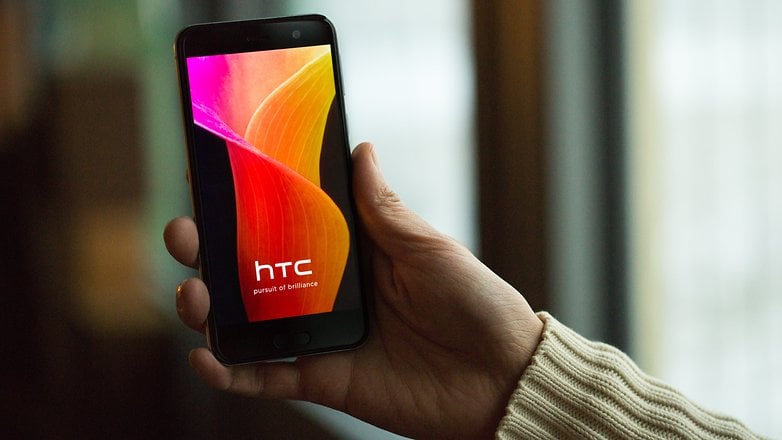
HTC U Play software
As with our hands-on review of the HTC U Ultra, we were not able to test the software much since it wasn't finalized yet. Most importantly we missed out on testing the voice control and HTC Sense Companion. Since the main processor comes from Mediatek, the HTC U Play will not ship with Android 7.0 Nougat, but instead Android 6.0 Marshmallow. Whether there will be an update to Android Nougat at a later date is not yet determined, but we assume so.
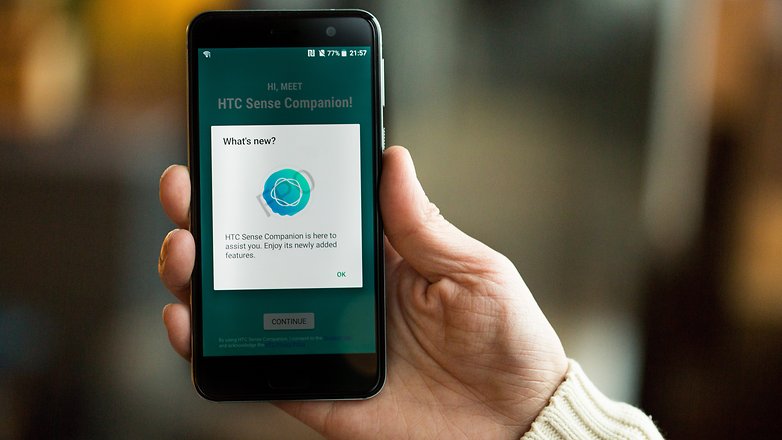
HTC U Play performance
Powering the HTC U Play is an octa-core MediaTek Helio P10 processor, along with 3 GB of RAM and 32 GB of internal storage. These specs should give the HTC U Play a performance that is comparable to the Sony Xperia XA, but we will see if this is true in our final review.
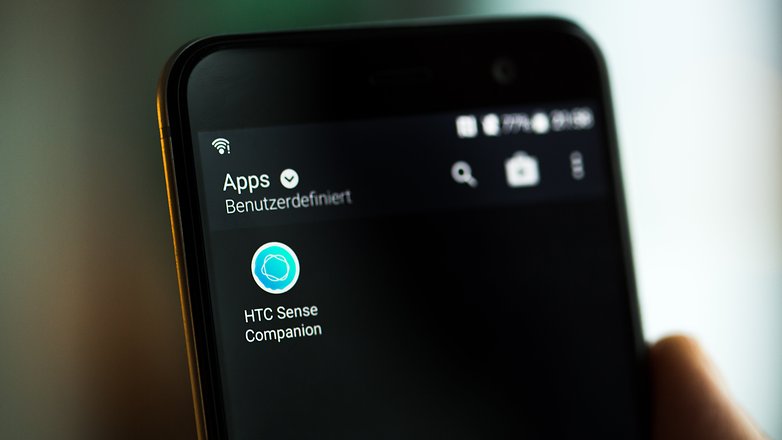
HTC U Play audio
You'll be looking for the headphone jack in vain, folks. Like the U Ultra and the HTC Bolt before it, HTC has given us a USB Type-C port in its place. A suitable set of headphones is provided by HTC.
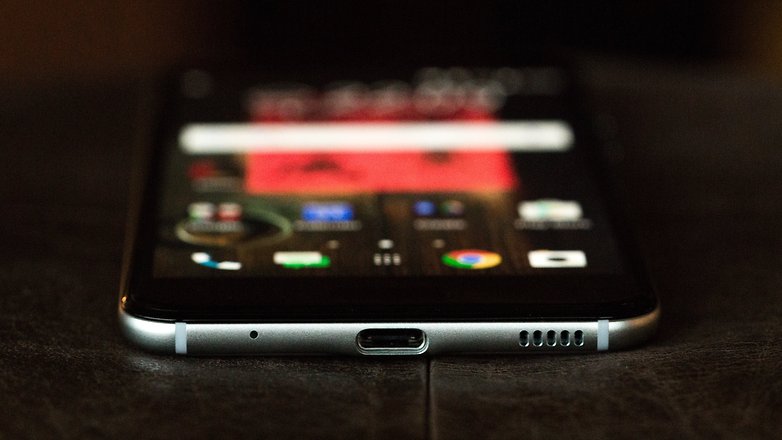
HTC U Play camera
You can draw many parallels between the HTC Bolt and the U Play's cameras. The U Play has the same 16 MP image camera with 28 mm focal length and an aperture of f/2.0. Aside from the contrast autofocus, there is a phase detection autofocus integrated into the image sensor that is supposed to accelerate the focusing. For low-light environments, there are an optical image stabilizer and a dual color LED flash.
For more demanding photographers, the U Play has a few extras on board. For example, the exposure time, ISO sensitivity, white balance, etc can be adjusted manually. A RAW function is also available. The raw data images require more memory space, but offer more possibilities for subsequent editing.
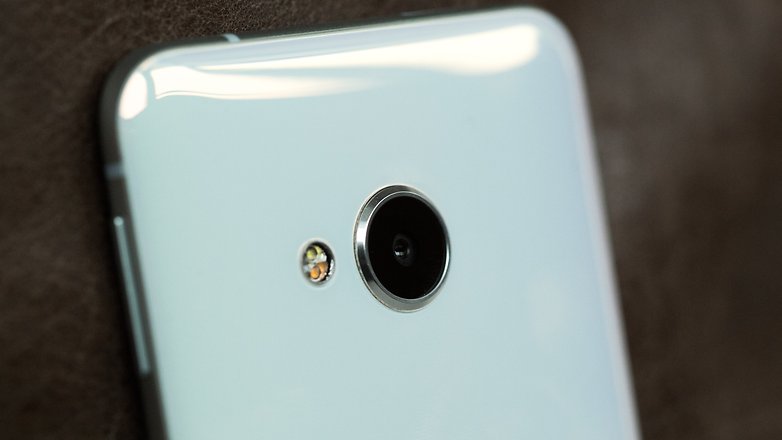
The front camera sits above the display with 16 MP, an aperture of f/2.0, and a 28 mm focal length. There is also a panorama mode for group selfies. Like the main camera, the selfie cam records video with a maximum resolution of 1,920 x 1,080.
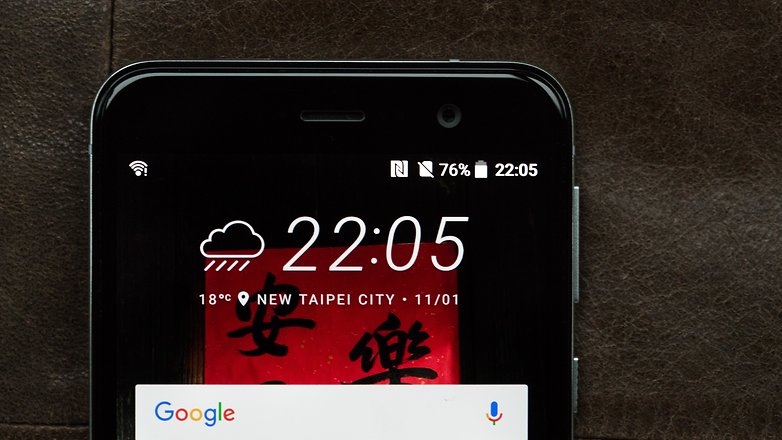
HTC U Play battery
With a capacity of 2,500 mAh, the HTC U Play battery cannot be directly compared to the Sony Xperia XA, with its 2,300 mAh battery, had mediocre battery life.
Early Verdict
With the HTC U Play, the Taiwanese company brings its HTC Sense Companion to a mid-range smartphone, and also shows that the "artificial intelligence" can function without the second display of the U Ultra. With its hardware, design and intelligence, the HTC U Play is in direct competition with Samsung's Galaxy A5 (2017). Whether HTC steals the spotlight from the Galaxy A5 (2017) or not, thanks to the theoretical value of the Sense Companion, we still have to see with our final review with the software. So far, though, it makes a good impression.




















Hi Brittany: I've just bought the HTC 10 EVO (in Europe, in the US it is call HTC Bolt): do you think it is better than the new HTC U Play? The EVO is water splash proof etc, but the U seems much cooler. What do you think?
much better if HTC could make a pocket size phone of this that would sit to 4.7" and below size
Thanks for your comment, Paul. As smartphones get bigger and bigger, it will be interesting to see which manufacturers make phones for those who actually prefer more compact devices.
Yup, a lot of people prefer using iOS devices like iPhone 5s and SE just because they prefer a much smaller display yet powerful enough that Android manufacturers for some reason can not battle on.
Pity my carrier will not be selling HTC's anymore, looks like a good mid range device.